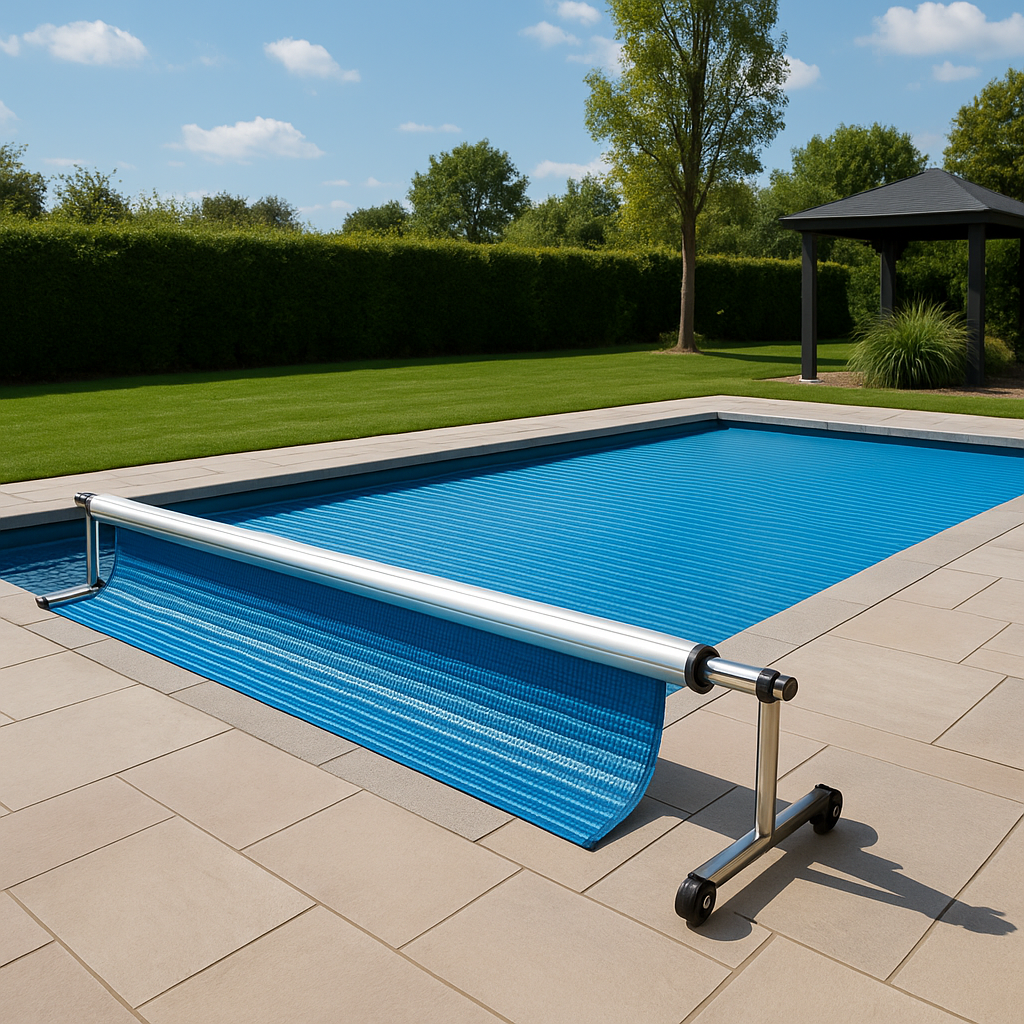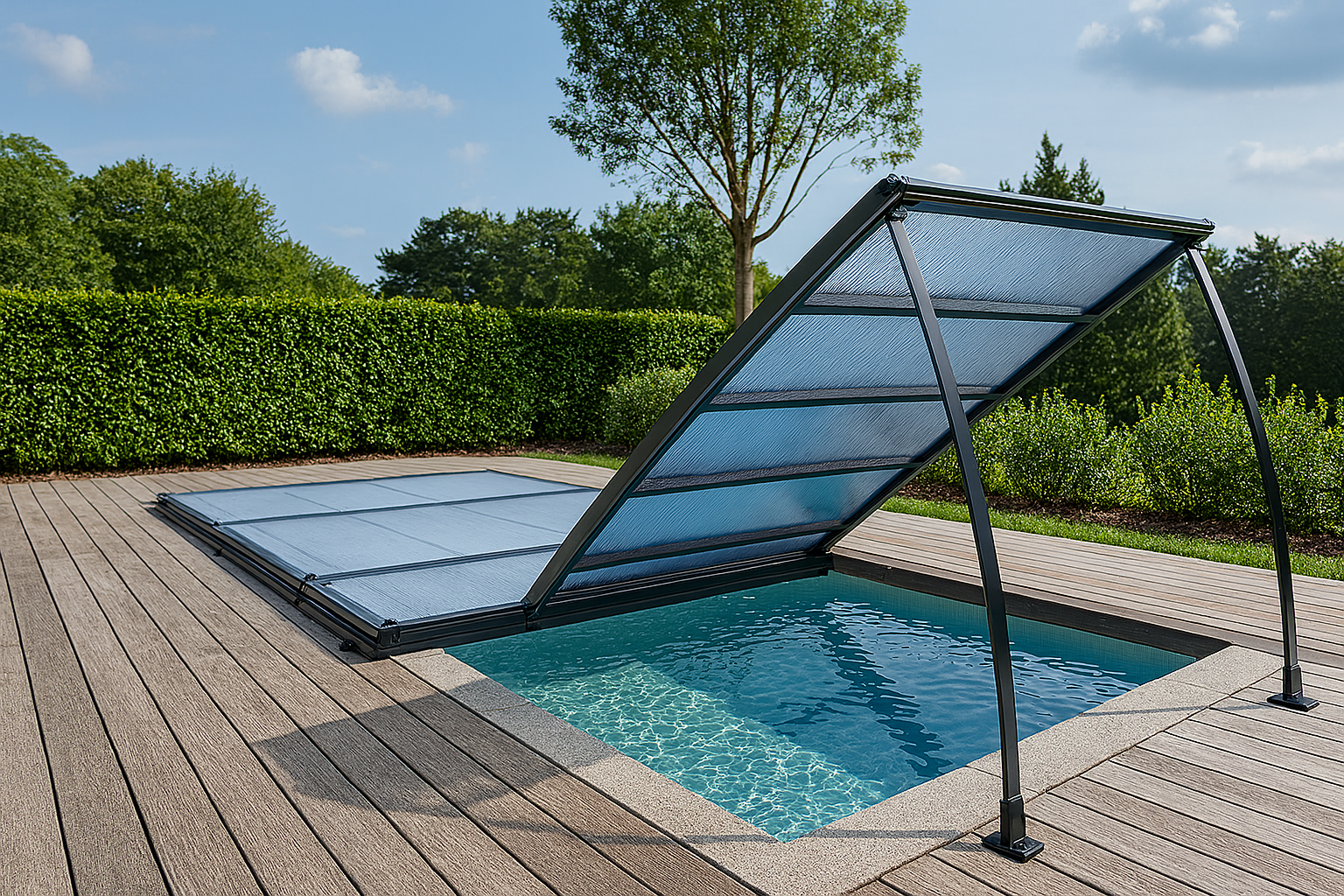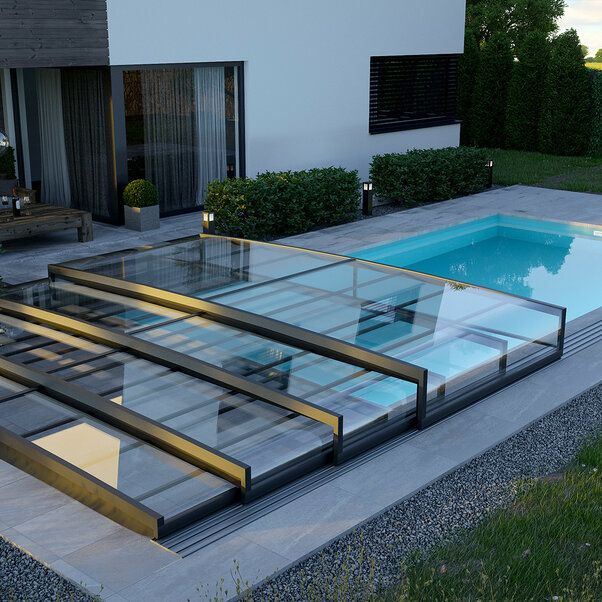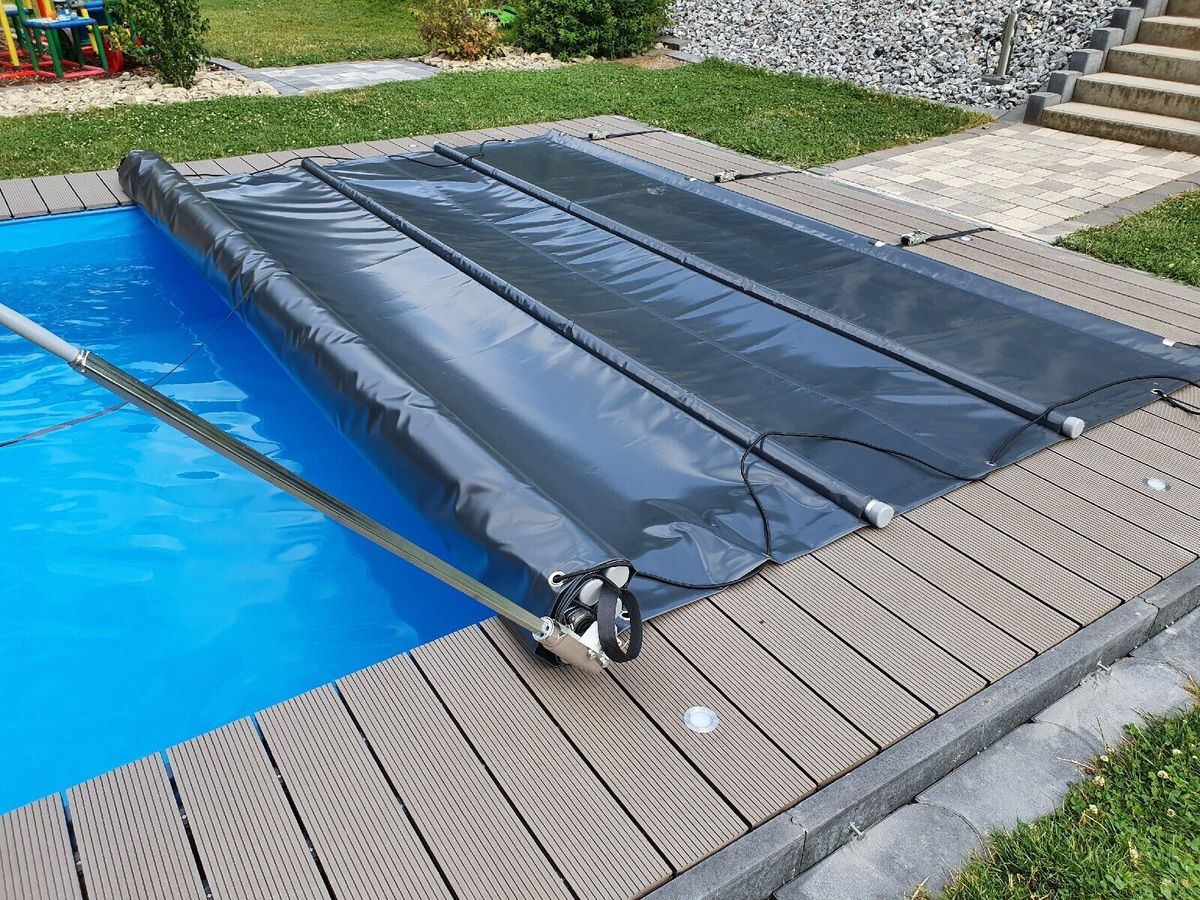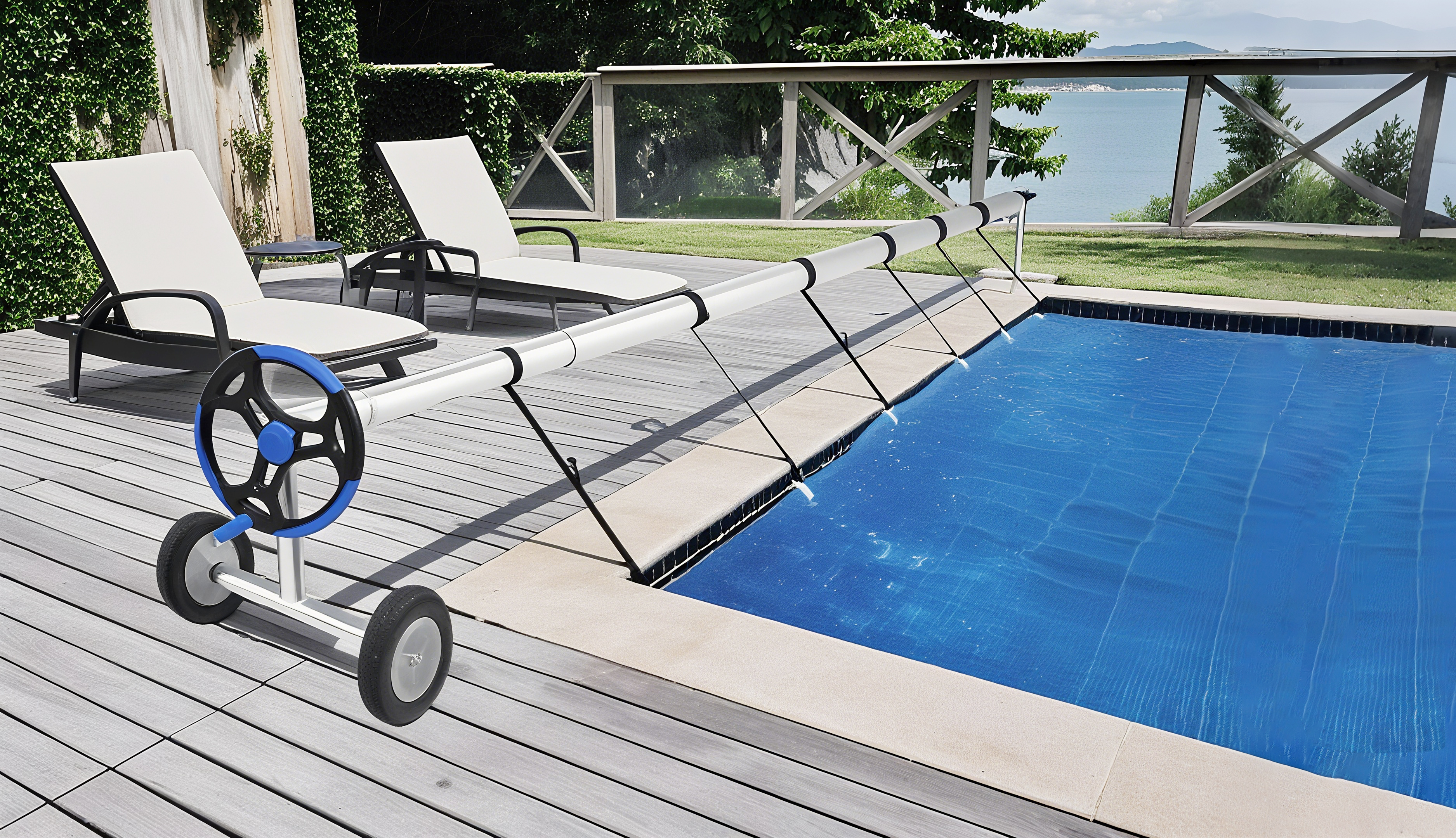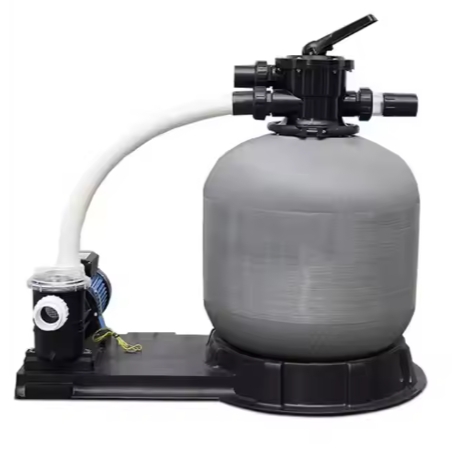Maintaining crystal-clear water is the ultimate goal for any pool owner, and a high-quality pool sand filter is one of the most reliable and popular methods to achieve it. These systems are celebrated for their effectiveness and relatively simple operation. Whether you're a new pool owner or considering an upgrade, understanding how these filters work is the first step toward a pristine swimming experience. This guide will walk you through everything from installation to routine maintenance, ensuring you get the most out of your filtration system.
Installing Pool Sand Filter: A Step-by-Step Guide
When you're ready for the initial setup, the process of installing pool sand filter equipment is straightforward but requires careful attention to detail. First, ensure you have a solid, level surface for both the pump and the filter tank to prevent strain on the plumbing. The pump should be placed before the filter, drawing water from the pool and pushing it into the sand filter tank. Connect the pump's outlet to the filter's inlet port, typically marked on the multi-port valve. Then, connect the filter's 'RETURN' port to the line that goes back to your pool. For a sand filter for above ground pool setups, the principles are the same, often involving flexible hoses that are clamped securely. Finally, fill the filter tank about halfway with water before carefully adding the specified amount of filter sand to prevent damaging the laterals at the bottom.
How to Use Pool Sand Filter for Daily Operation
Once installed, learning how to use pool sand filter settings is key to efficient operation. The heart of the system is the multi-port valve, which directs the flow of water. For normal, everyday filtration, the valve should be set to 'FILTER'. In this mode, water is pushed from the top of the tank down through the sand bed, where debris and impurities are trapped, and clean water is returned to the pool. Always remember to turn the pump off before changing any setting on the multi-port valve to avoid damaging the valve's gasket. The 'RECIRCULATE' setting is useful for circulating water without filtering it, which can be helpful when administering certain chemicals. Other settings like 'WASTE' allow you to vacuum heavy debris directly out of the pool without it passing through the filter sand.
Essential Maintenance: Pool Filter Sand Cleaning
The most crucial maintenance task for a sand filter is backwashing, which is the primary method of pool filter sand cleaning. Over time, as the filter traps debris, the pressure inside the tank will rise, and water flow will decrease. This is your cue to backwash. To do this, turn off the pump and set the multi-port valve to 'BACKWASH'. Attach a backwash hose to the 'WASTE' port and run it to a suitable drainage area. Turn the pump back on and let it run for a few minutes, or until the water running through the sight glass or hose becomes clear. After backwashing, turn the pump off again, move the valve to 'RINSE', and run the pump for about 30 seconds to a minute. This resettles the sand bed. Finally, turn off the pump one last time and return the valve to the 'FILTER' position for normal operation.
Long-Term Care for Your Pool and Filter
Properly maintaining your sand filter ensures its longevity and performance. While backwashing is a frequent task for pool filter sand cleaning, the sand itself will need to be replaced every 3 to 5 years, as the sharp edges of the sand grains wear down and become less effective at trapping fine particles. Using a sand filter for above ground pool systems or in-ground models provides a cost-effective and low-maintenance way to keep your water sparkling. By following this guide on installing pool sand filter systems and understanding how to use your equipment, you are well on your way to a season of enjoyable, clean swimming.


